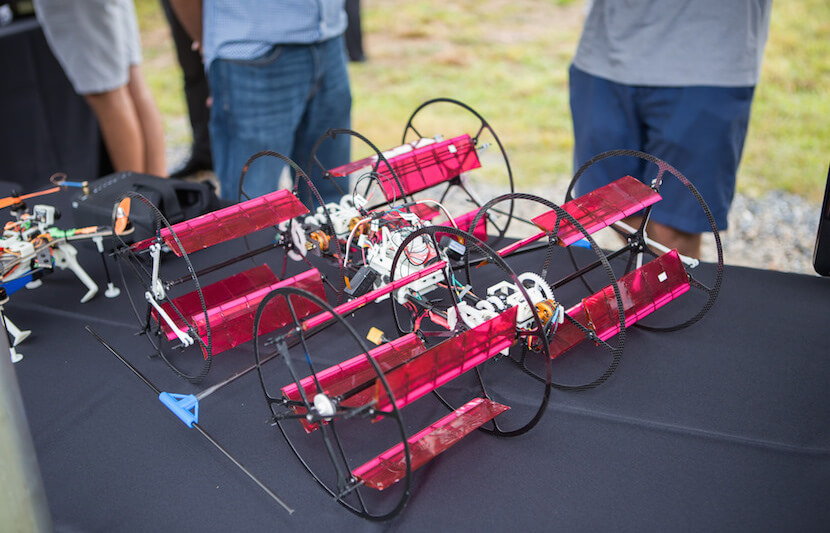The University of Maryland A. James Clark School of Engineering (Clark School) recently opened Fearless Flight Facility, an outdoor flight laboratory that could stem innovation in flight control, sensing, autonomy, collaboration, and unmanned aircraft system (UAS) testing.
The new facility is just a short drive away from the main College Park campus in the university’s Discovery District, and serves as the only university outdoor flight laboratory for UAS testing in the D.C.-Maryland-Virginia region.
The creation of this new facility reflects the university’s dedication to autonomy and robotics.
“Facilities like this one provide the real-world testing conditions that enable innovative breakthroughs,” Darryll Pines, dean and Farvardin Professor of Aerospace Engineering at the Clark School, said in a statement. “[The new facility] allows us to pursue an aggressive UAS research agenda.”
Before the opening of this new outdoor facility, student and faculty researchers were limited to testing in an indoor lab or had to forego testing. Now, researchers are able to test their drones in the 100-foot wide, 300-foot long, and 50-foot high facility.
This new testing facility allows researchers to conduct cohesive research and education programs.
The facility will “enable the integration of UAVs [unmanned aerial vehicles] into the Clark School curriculum to provide an opportunity for every engineer to gain hands-on experiences with flying, controlling, and adapting unmanned systems to tasks within their field of study,” said Donald Woodbury, the university’s director of innovation partnerships.
Outdoor flight facilities are very rare in the greater D.C. area because the federal government prohibits all outdoor UAS flights within a 15-mile radius of the Ronald Reagan Washington National Airport.
The restriction does not apply to the new facility, however, as it is confined by a black polyester string netting and is considered an indoor facility. This allows researchers to legally test their aircraft systems in real wind and weather conditions.
With advancements in technology, the new facility could aid in the development of potential applications related to disaster relief, weather monitoring, agriculture, security, search and rescue procedures, product delivery, and efficient transportation.
As of now, it is uncertain as to which areas of research will be explored, but the university’s new facility fosters opportunity for each application.
Woodbury said that the university’s goal is to provide education surrounding the unmanned aerial systems. The university plans on advancing testing to create innovative opportunities for product designs that will benefit society.
Researchers at the university have already begun testing a drone’s ability to help in search and recovery efforts during a hurricane.
A group of student researchers at the university is running tests to develop drone technology that could limit crime. The goal is to develop a drone that could detect and limit other drones’ ability to bring contraband into a prison.
An immediate implication of the university’s development is its ability to assist the federal government.



